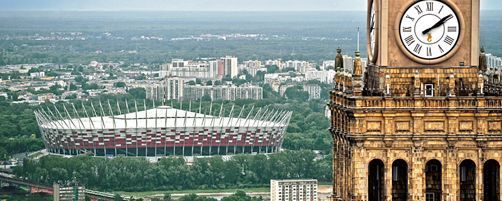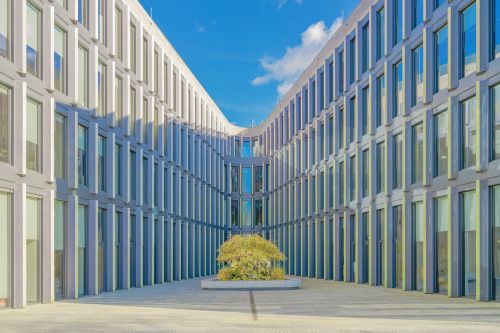Last year's Madonna concert at the National Stadium generated a loss of PLN 5 mln, the Sting gig in the stadium in Poznań lost PLN 3 mln, while the Polish Masters football tournament in Wrocław ended with a deficit of PLN 7 mln. This year the National Stadium will lose PLN 22 mln unless the operator miraculously turns this around. Last year the PGE Arena in Gdańsk hosted only one concert, and neither Wrocław nor Poznań will be in the black this year. Most operators have no doubts that the business models of multifunctional arenas, which are successful in mature markets such as Germany and the UK, have turned out to be difficult to implement on Polish turf. The events that were expected to contribute to the cash balance of the stadiums have actually inflicted losses. "It is hard to make money on entertainment due to the poor purchasing power of Polish households and a poorly developed sponsorship market - a factor that helps to lower the price of tickets on developed markets. As a































































